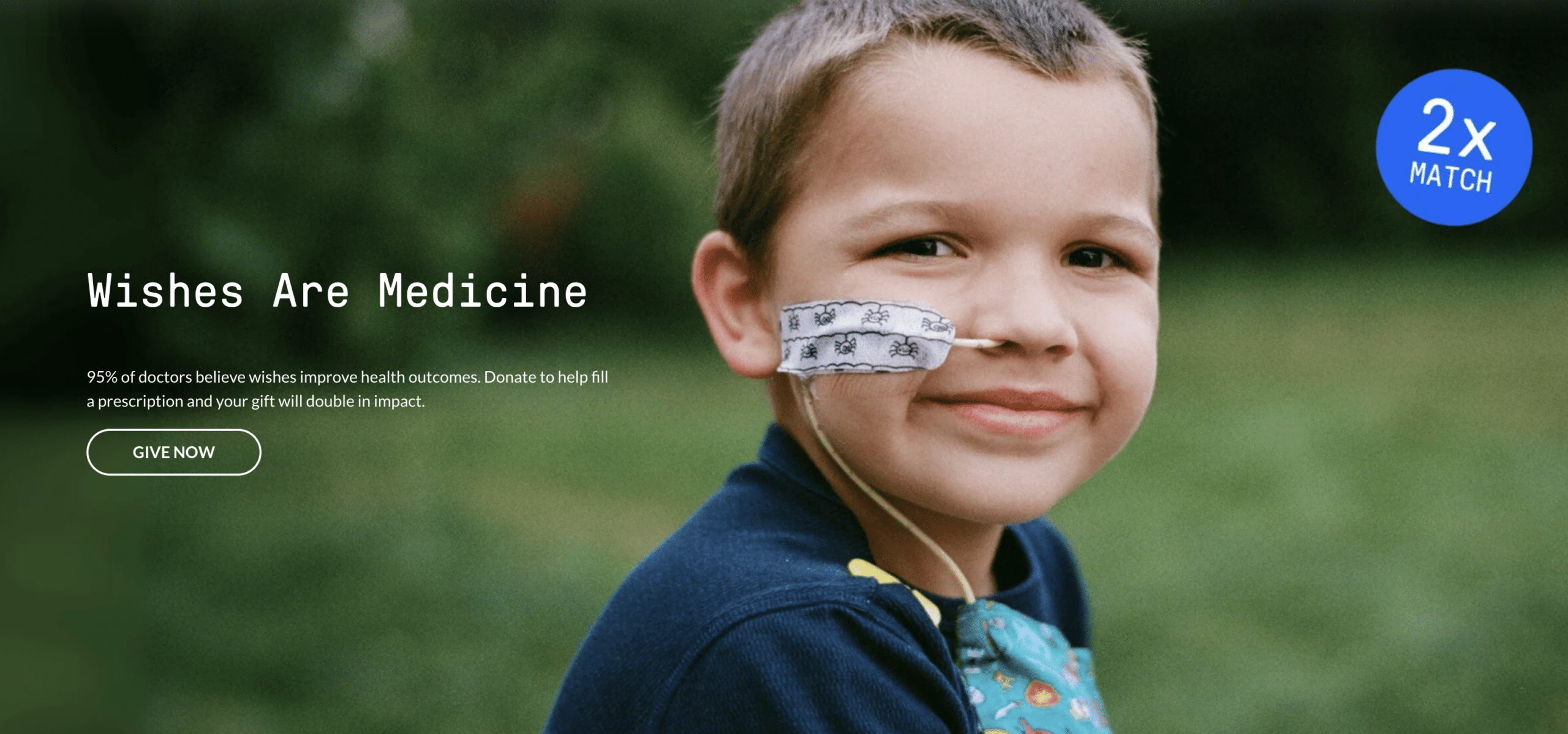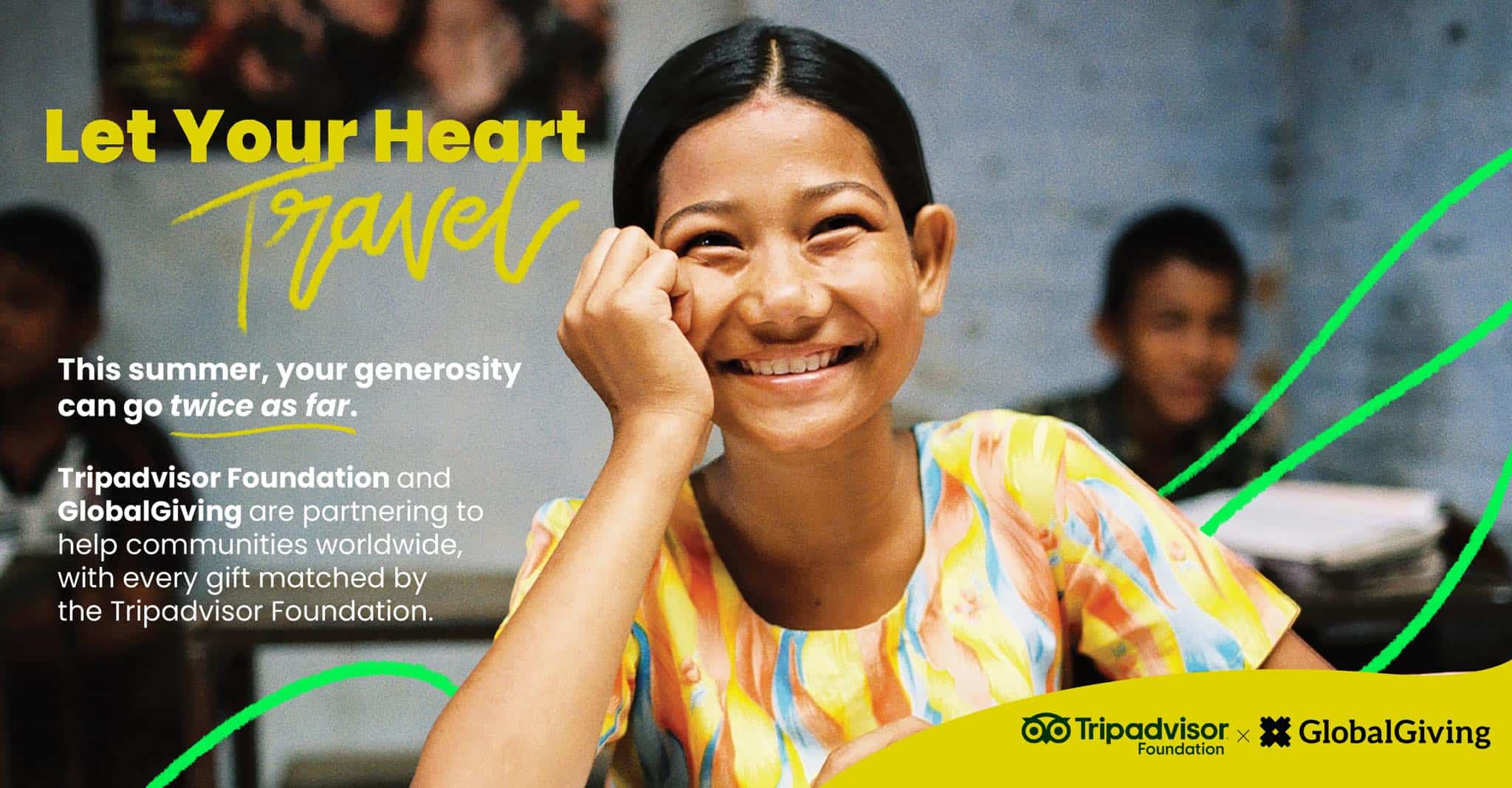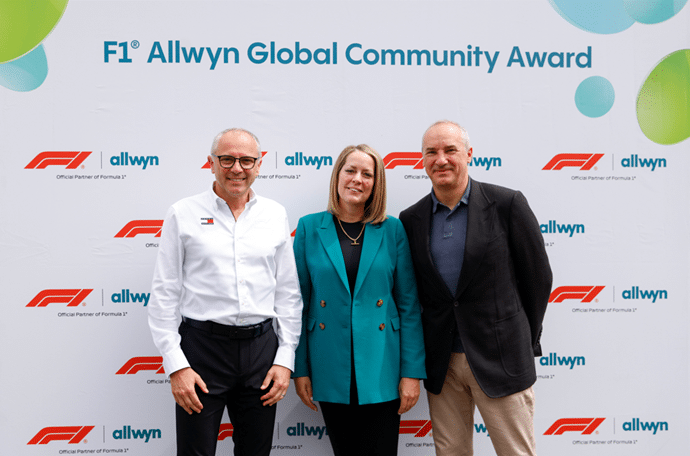Children of Heroes Charity Fund: gamification, mobility and trust in action
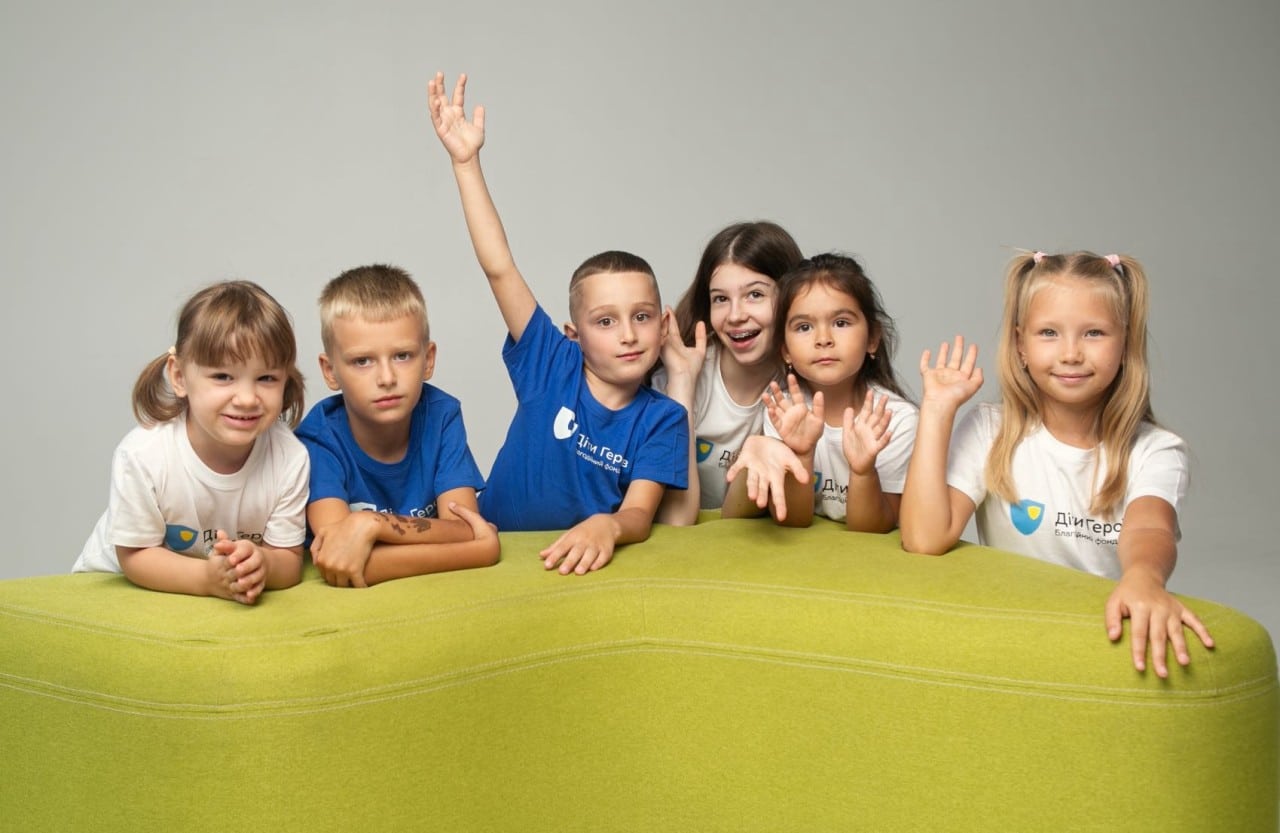
How Children of Heroes raised $8.1m and cut CAC by 47%
The success of Children of Heroes Charity Fund in the most challenging situation carries lessons far beyond Ukraine, says its CEO. “What it has learned is relevant to any country facing extreme threats — whether from war or large-scale humanitarian crises”.
The Children of Heroes Charity Fund is one of Ukraine’s largest NGOs dedicated to children who have lost one or both parents as a result of Russia’s full-scale war. Founded in the first weeks of the invasion, the Fund provides long-term, comprehensive support — from psychological counselling and education to medical care, humanitarian aid, and career guidance. Today, they care for more than 14,000 children across Ukraine, with the mission to ensure that every child grows up with dignity, opportunity, and hope for the future.
Europe is facing growing insecurity — from military threats to mounting pressure on civil society organisations.
Research such as Nonprofits and Interest Groups in Crisis Management shows that third-sector organizations play a critical role in times of crisis, yet they are often the ones under the greatest institutional strain.
At the same time, EU leaders emphasise that civil society is “a necessity, not a luxury” — and that supporting vital NGOs and independent media is a strategic priority for Europe in both the information and political spheres.
Against this backdrop, many European foundations face a difficult dilemma: how to sustain their work in an era of instability. The key question is whether NGOs can adapt to a shifting landscape, where public budgets increasingly prioritize security and defense.
Tetyana Novytska, FCCA is the CEO at Children of Heroes. She says that even under the harshest conditions it’s possible not only to endure but to grow. So far the foundation has provided support to more than 14,000 children who have lost one or both parents to the war.
She said:
“We operate in three jurisdictions — Ukraine, the Netherlands, and the United States. Our foundation has received three awards from GlobalGiving and is part of more than forty international networks and alliances, including Eurochild, Benevity, and Candid. Every day we prove that even in the most difficult wartime circumstances, it’s possible to scale both impact and fundraising.
She highlights three core success factors, including fundraising innovation, that have enabled the foundation to grow and build trust both locally and internationally.
Factor #1: A tailored support system
From day one, the foundation built its model around family assistants — specialists who combine the roles of social worker and case manager. Each assistant supports, on average, up to 230 affected children. This means families don’t interact with a faceless institution, but with a real person who knows their situation, monitors the child’s psychological well-being, and coordinates the right services.
This personalised approach has led to a 98% satisfaction rate among families surveyed (independent Gradus research, 2024). For the foundation it also prevents wasted spending on “delayed aid” that no longer matches families’ needs.
For example, in 2023 we identified the urgent need for winterisation and immediately provided families with heating equipment. Less agile organisations, with weaker ties to beneficiaries, were still collecting needs assessments at the time — and only delivered heating tools in 2024, when they were no longer relevant.
Factor #2: Continuous optimisation and adaptation
At the same time, the foundation launched programmes designed around what families actually need right now — from urgent help during evacuations and housing loss to longer-term psychological and educational support.This focus has kept resources from being wasted and made the foundation’s work more efficient, flexible, and responsive to the fast-changing realities of war.
By deliberately cutting office costs and gradually reducing one-off “box” humanitarian aid, the foundation redirected resources into long-term, systemic solutions — education, emotional support, and community integration for children. This shift gave rise to innovative programmes that prepare teenagers for university entrance while also strengthening their skills in psychological self-support.
The foundation’s own research revealed that, among students who failed to enter their desired universities, 86% named stress and fear during exams as the main barrier. As a result, the programme provides not just academic training, but also a psychological safety net to help children succeed.
This approach has allowed the foundation to offer partners clear, measurable programs with tangible impact and timelines. And it’s hard to argue: a programme that teaches children how to fish has far greater and longer-lasting impact than one that simply hands out fish — and is therefore far more compelling to donors.
Factor #3: Fundraising innovation
Since 2023 the foundation has shifted its focus to digital channels and social media as the primary drivers of donor engagement. The strategy goes beyond raising awareness — it’s about building a community where every donor can see the impact of their contribution.
At the heart of this content strategy are children’s and alumni stories: interviews and family testimonials that show the journey from losing financial stability after the death of a parent to securing a first job, starting a business, or entering a top university.
In 2025 the online event Run for Children of Heroes proved how successfully fundraising campaigns can scale through social media. The promo campaign attracted hundreds of participants, while the “alternative run” format allowed people to contribute even without joining physically.
Peer-to-peer campaigns have further boosted the fundraising funnel. With the Fundraise for Us option, anyone can launch their own campaign in just a few clicks and mobilize support within their personal networks.
A breakthrough moment came with gamification. Like many nonprofits, the foundation faced classic challenges: high donor acquisition costs, low subscriber retention, and the “invisibility” of its product. The solution was to borrow gaming mechanics from the commercial world. The Shelves of Kindness project invited donors to “fill” a virtual girl’s shelves with items symbolising different types of support. Each donation instantly appeared in the interface, triggering an emotional reaction from the character.
An A/B test with 30,000 user sessions over two months showed remarkable results: acquisition costs dropped by 47%, ROAS grew by 53%, and conversion rates outperformed the control group by 2%. These results opened a new chapter in the foundation’s digital strategy: the team is now scaling and testing other interactive mechanics to drive even deeper engagement.
From this experience comes a set of lessons for the broader nonprofit sector. Financial transparency directly correlates with donor growth: regular reports and clear metrics quickly build trust. Diversified income streams make an organisation more resilient: in 2024, the foundation raised $8.1 million through a mix of individual donations, corporate giving, and institutional grants — even despite the withdrawal of part of the U.S. donor base.
Storytelling increases donor loyalty: people who see the results of their contributions are more likely to give again. Interactivity and gamification significantly reduce acquisition costs. International partnerships strengthen both resources and reputation: collaborations with U.S. universities or summer language schools in the UK not only create opportunities for children but also build global trust in the institution. Finally, investing in the team expands capacity: in 2024, thanks to staff growth and digital tools, the foundation processed over 61,000 applications — a scale that would have been impossible without professional infrastructure.
The results
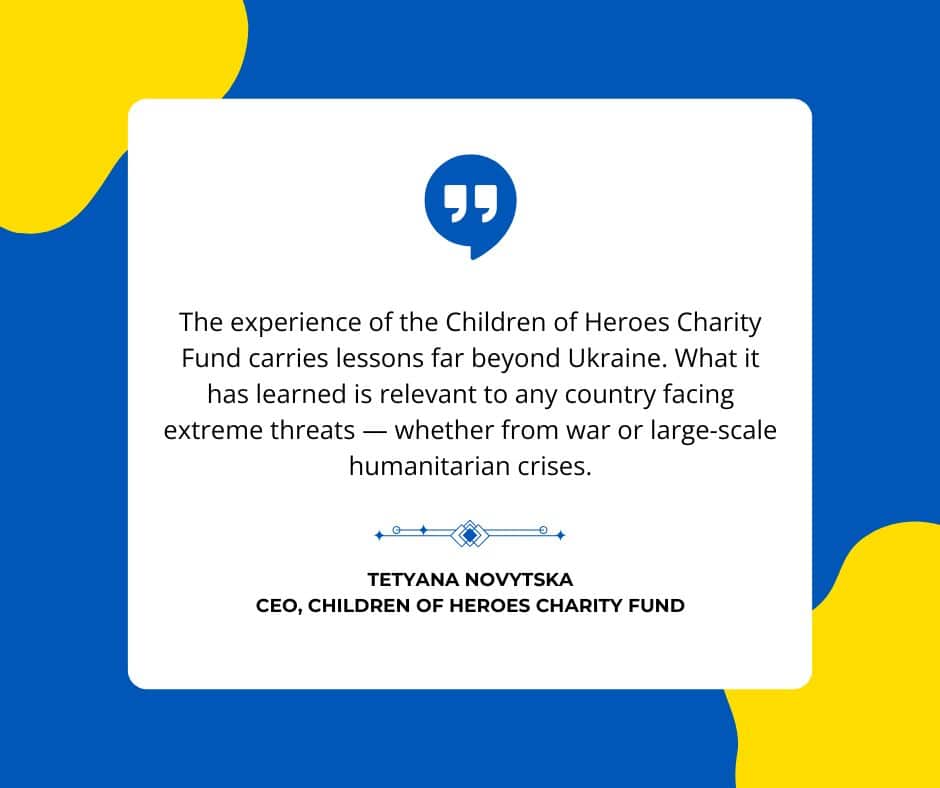
The numbers speak for themselves. In 2024 alone, more than 11,400 children received comprehensive support. Nearly 12,000 one-on-one counselling sessions were held. 1,836 kids were given devices to continue their education. Over 400 children gained access to health insurance, while thousands more received first-aid kits and vitamin packs. And in total, more than 35,000 humanitarian parcels — weighing over 200 tons — were delivered to families in need. All of this shows that even in the middle of war, it’s possible to organise large-scale, effective aid while staying transparent and results-driven.
The experience of the Children of Heroes Charity Fund carries lessons far beyond Ukraine. What it has learned is relevant to any country facing extreme threats — whether from war or large-scale humanitarian crises. The OECD’s 2022 report “Humanitarian-Development-Peace Nexus” highlights that the key to organisational resilience in emergencies lies in institutional flexibility and diversified funding. These very principles form the backbone of the Children of Heroes Charity Fund model.
The European Commission, in its Guidelines for Civil Society Support (2021–2027), emphasises the importance of investing in digitalisation, transparency, and innovative donor-engagement strategies. These are precisely the areas the Children of Heroes Charity Fund has integrated into its work — through gamification, chatbots, and peer-to-peer campaigns.
The European Commission, in its Guidelines for Civil Society Support (2021–2027), emphasizes the importance of investing in digitalisation, transparency, and innovative donor-engagement strategies. These are precisely the areas the Children of Heroes Charity Fund has integrated into its work — through gamification, chatbots, and peer-to-peer campaigns.
According to the global CIVICUS Monitor, which tracks the resilience of civil society in times of crisis, only organisations with clear ethical policies and strong international partnerships can sustain donor trust over the long term. The Children of Heroes Charity Fund meets these standards: it operates under a code of ethics, has a strict anti-corruption policy, and is an active member of more than 40 international networks and alliances.
In this way, the Ukrainian example not only demonstrates internal resilience but also reinforces global best practices for NGOs: innovation, diversification, transparency, and international integration are a universal recipe for organisations operating in turbulent environments.
The Children of Heroes Charity Fund supports children who have lost one or both parents due to Russia’s invasion of Ukraine. The Fund provides comprehensive assistance until they reach adulthood, including psychological and medical support, access to education, personal development, and socialisation — particularly through children’s camps. In cases of severe financial hardship, families receive humanitarian aid. Each child is assigned a personal family helper who supports the family and helps address its individual needs.
As of September 2025, more than 14,000 children are under the care of the Children of Heroes Charity Fund. Of these, 94% are children of fallen or injured service members, and 6% are children of civilians.
Tetyana Novytska, FCCA is CEO at Children of Heroes Charity Fund in Ukraine
